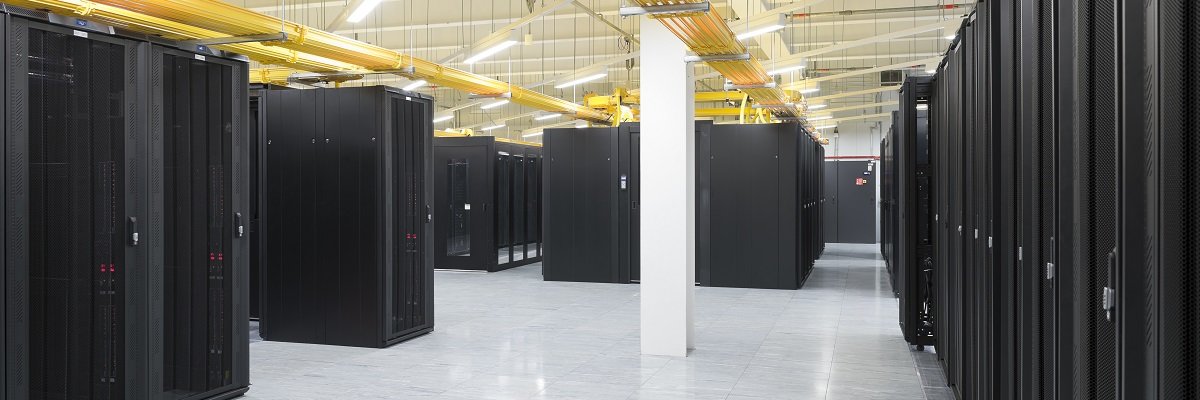Manufacturing Fast Turn Rigid Flex PCB
There are many different materials used in manufacturing fast turn rigid flex pcb and the choice of those materials has a major impact on the final cost of the circuit board. Factors such as design complexity, manufacturing processes, quality standards, engineering services and component sourcing all contribute to the overall cost of the board. By understanding these cost drivers, manufacturers can optimize their flex PCB manufacturing process to meet budgetary and production requirements.
The most important material in any fast turn rigid flex pcb is the base substrate. This is typically made from polyimide. This is preferred over the standard network epoxy resin because it is very tough and can be flexed and stretched without noticeable deformation. It also has excellent resistance to solder reflow cycles and high temperatures.
Rigid flex PCBs are used in a wide range of electronic devices, from consumer electronics to complex military/defense systems. The circuits on these boards must be able to withstand continuous movement and vibration as well as extremes of temperature, and must be able to handle soldering and solder reflow cycles. In addition, they must be able to be bent and folded for easy transportation and storage.

Materials Used in Manufacturing Fast Turn Rigid Flex PCB
To make a flex circuit, the first step is to laminate a flexible film such as polyimide or polyester with a thin layer of adhesive. This is called a coverlay. The resulting assembly is then cut to the outline of the flex section. This is often done with a hydraulic punch and die set, and is relatively expensive.
Next, a copper foil is added to the flex and the rigid sections in order to form the circuitry. This can be done by laminating the clad flex with the copper foil (the more common approach), or by adhesiveless cladding using a vapor deposition process like sputtering. In either case, the deposited copper is referred to as “seed” copper and provides the key to which chemically plated copper is applied. This one or two-sided flex circuit is then drilled, plated through and etched in much the same way as a 2-sided core in a conventional rigid PCB.
Once the flex circuit is plated through, blind vias can be laser-drilled through the top and bottom of the flex. Then the outer flex and rigid layers are added, and holes can be plated through from top to bottom, as well as plated blind vias through the first flex layer. The circuitry is then ready to be assembled into the finished product.
In addition to the aforementioned factors, surface finish selection has a significant impact on manufacturing costs. Whether you’re choosing ENIG or HASL, the coating material and processing equipment required to apply it will affect the cost of your finished product. With the help of Altium Designer, you can select and specify the proper flex PCB materials to get the best value for your project, while still meeting production requirements. Get started with a free trial of Altium Designer + Altium 365 today!



